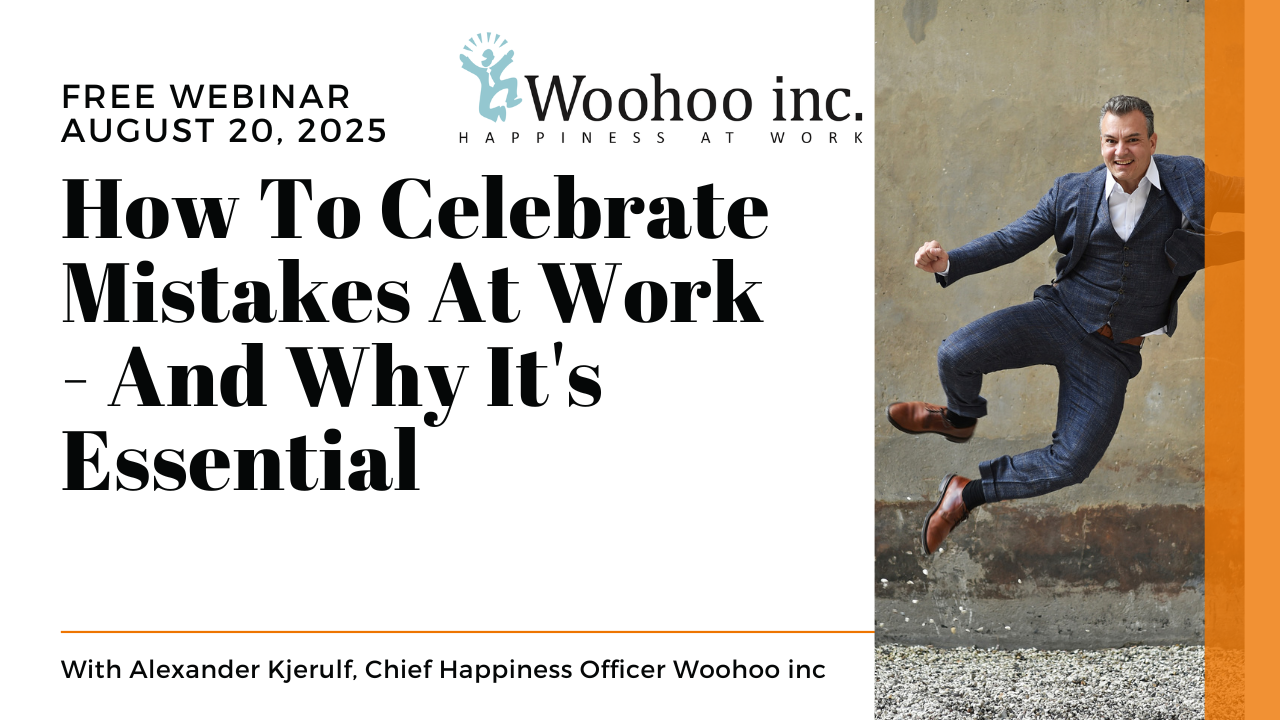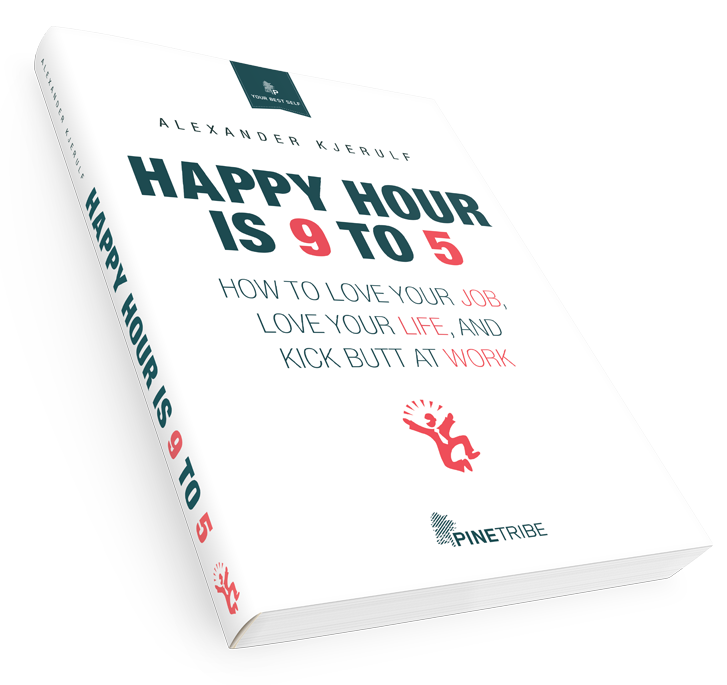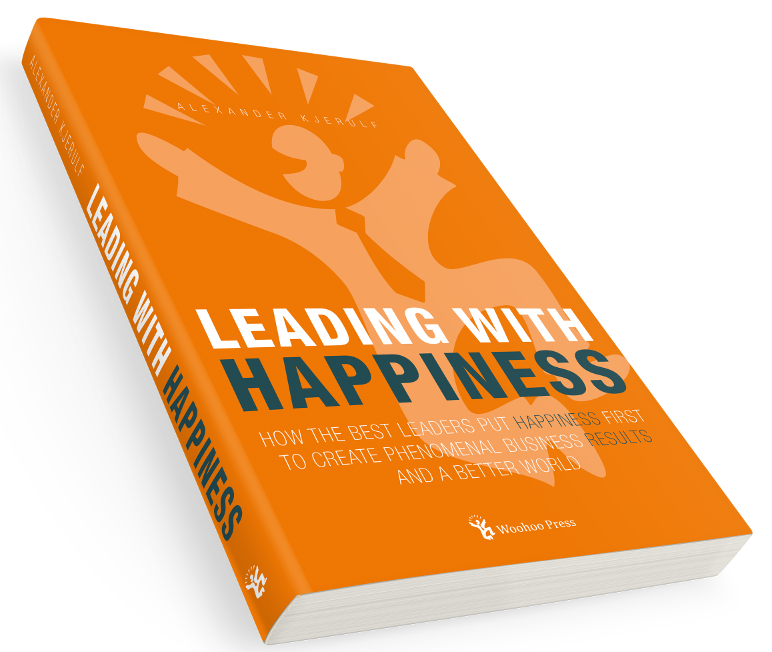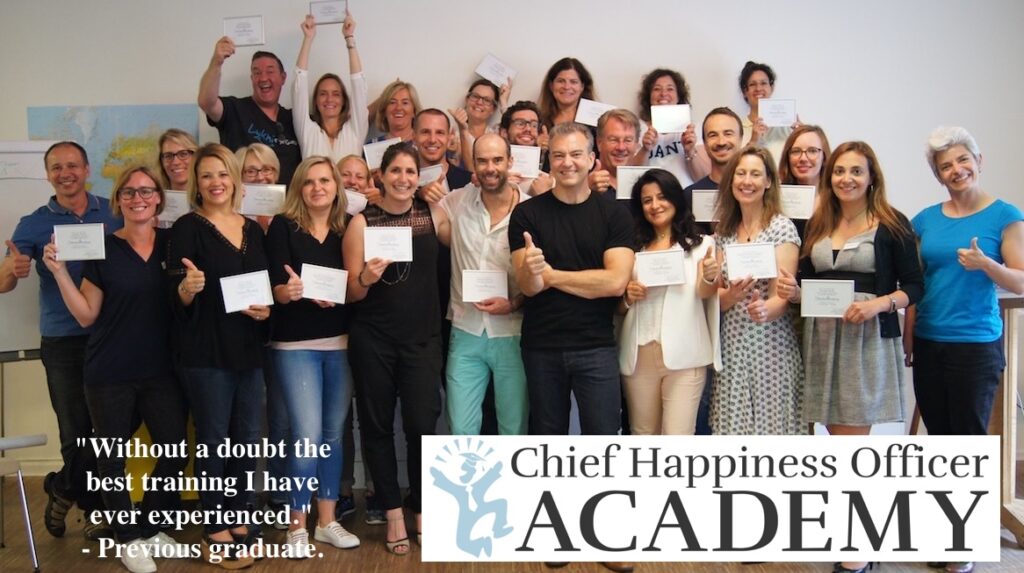Everybody has a world view. It’s the glasses through which you look at the world. Your world view will help you see some things clearly, but may also distort other things. One thing that is important though, is to know the assumptions inherent in your world view. When you think what you think, what assumptions is this based on?
I do not claim to have the Answers (notice the capital A), but here’s some of the questions. These questions are totally basic, and can be found at the foundation of most world views. Most of these questions can probably not be answered conclusively, but which ever answer you choose to believe, will hold some implications for your world view.
Obviously I did not come up with these questions. Many of them have been hotly debated for thousands of years; this is just a list of the ones I could think of. Let me know what you think, did I leave some questions out, and where do you stand on the answers?
(more…)





